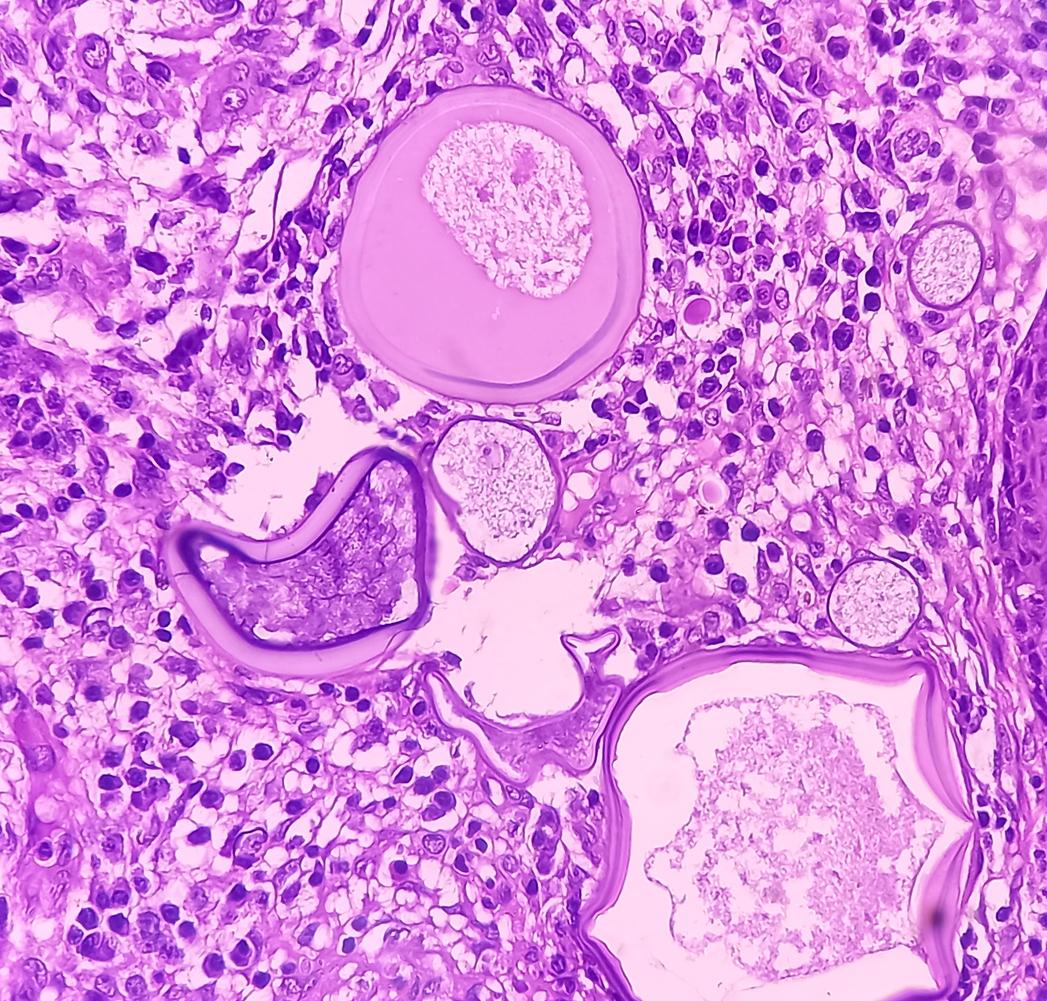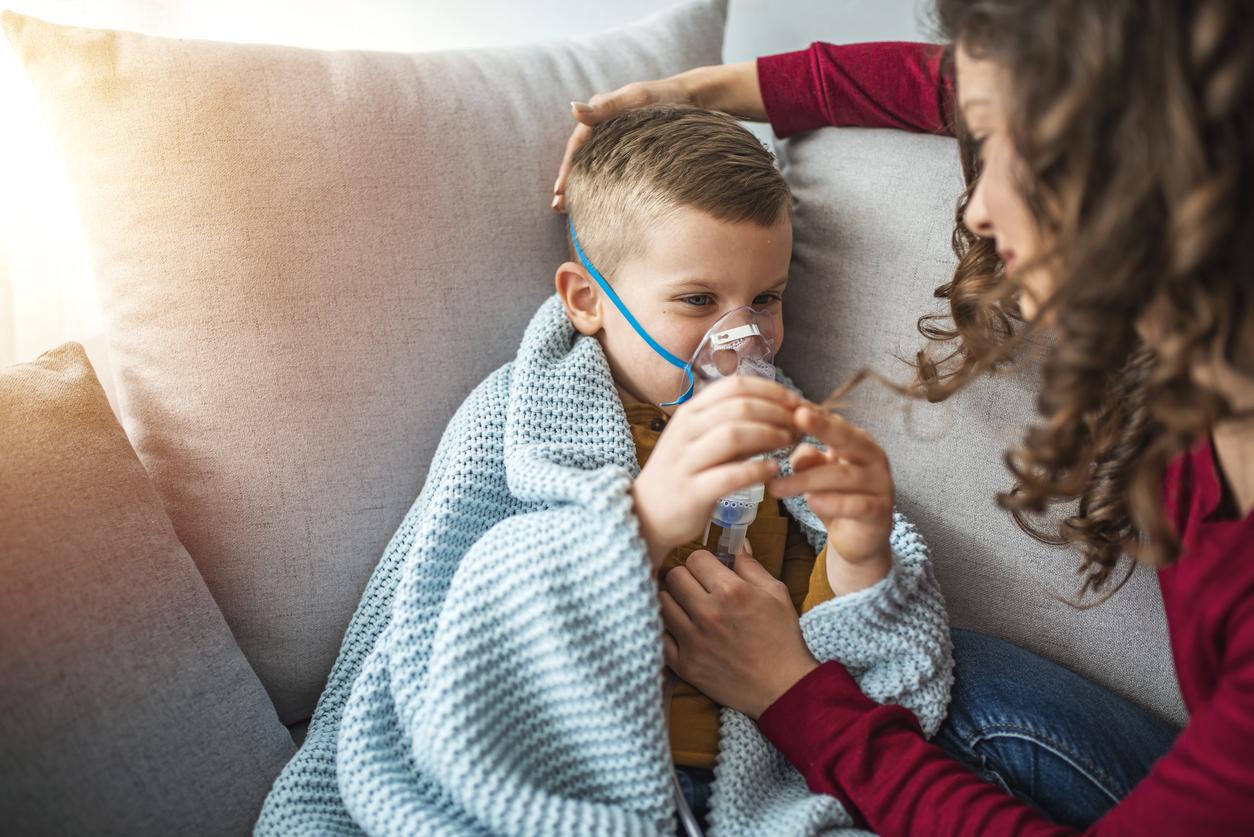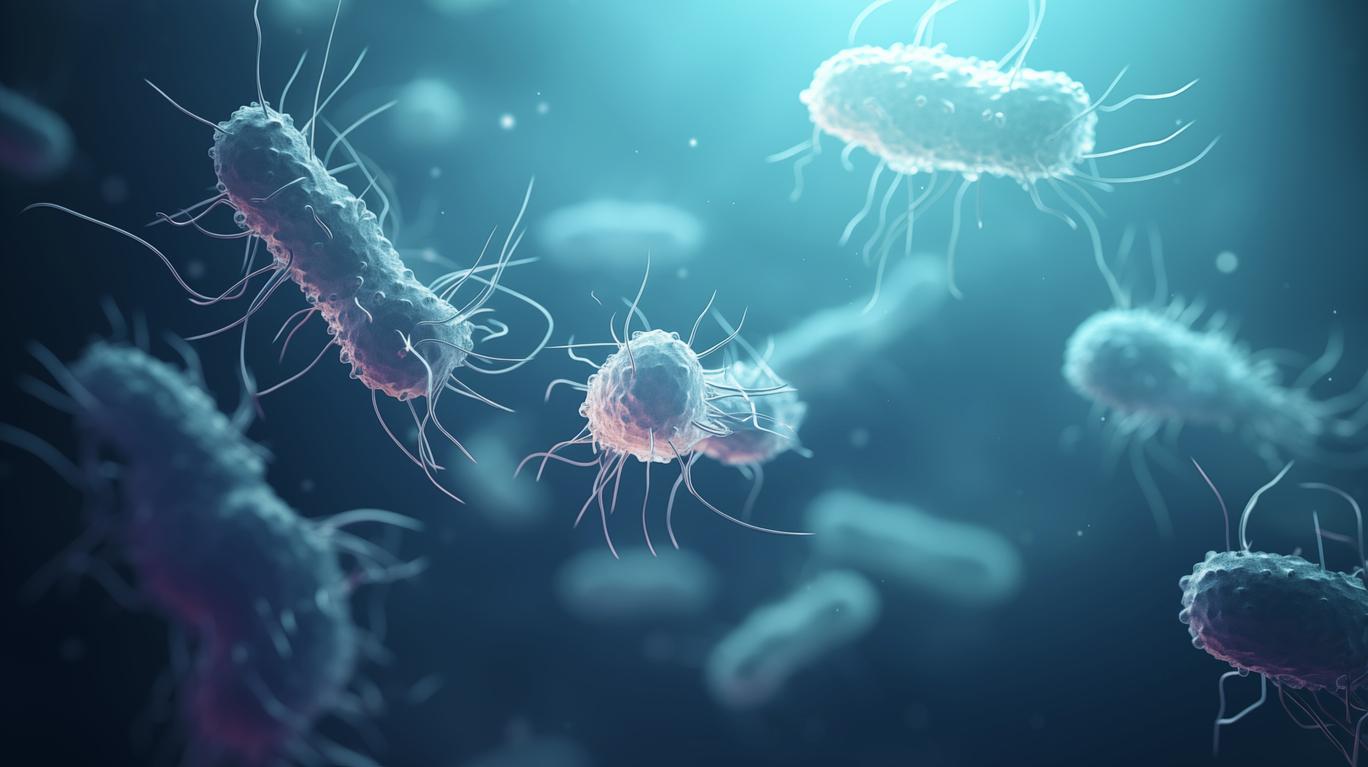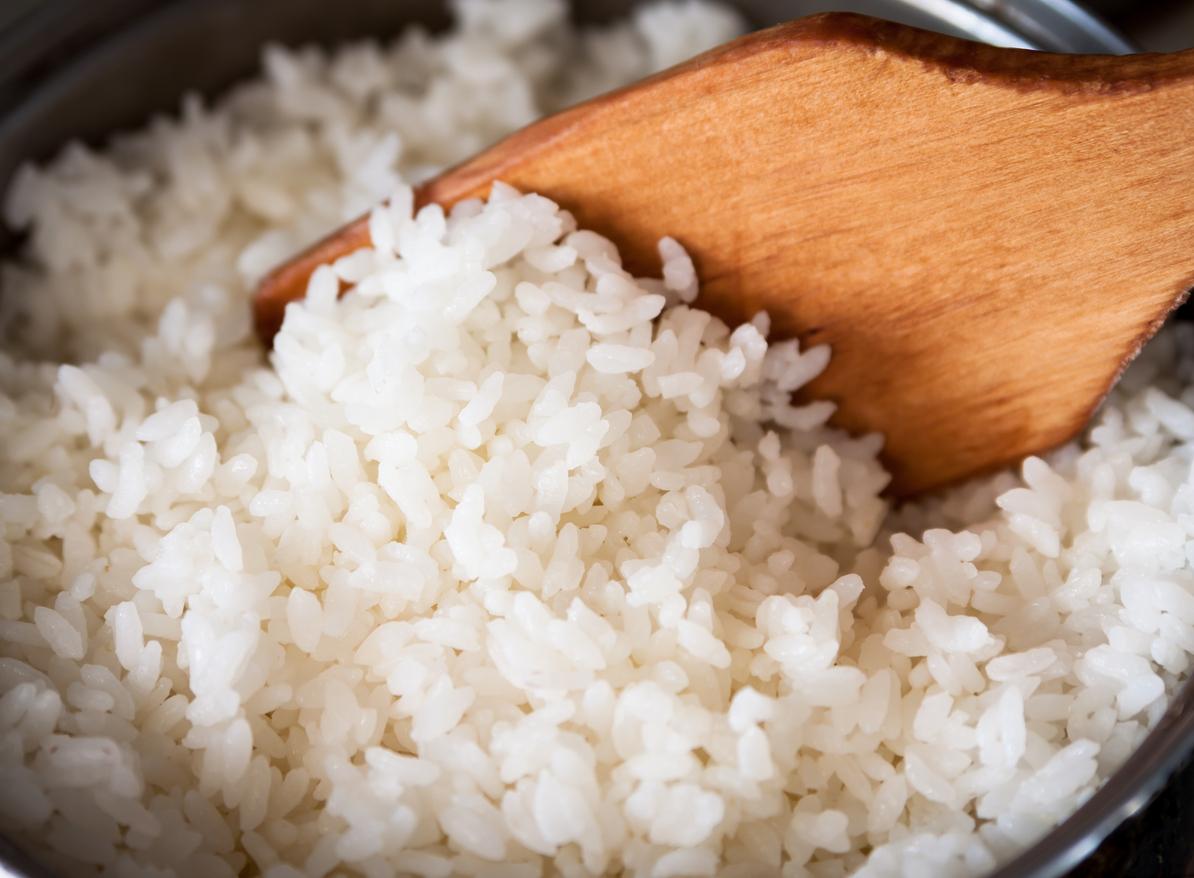When the flu breaks out, a bacterial enzyme, HtrA, spreads through the body and weakens our immune defences. She is responsible for the aggravation of the disease which can evolve into pneumonia and become fatal.

- Generally, it is not the flu that kills, but the secondary infection which results from it, in particular pneumonia.
- The HtrA enzyme develops when we have the flu, which weakens our immune system and allows other illnesses to take hold.
Normally, it is one of the diseases that keeps us busy all winter, but Covid-19 has decided otherwise. But it should not be forgotten too quickly. The seasonal flu, which usually strikes in winter, is also responsible for other infections, because it leads, without anyone knowing why, to a risk of bacterial pneumonia. Researchers from the Karolinska Institute (Sweden) have discovered why superinfections, especially those related to influenza, claim many lives worldwide each year. The study published in the journal PNAS on October 28, 2020, could also contribute to research on Covid-19.
To understand the deadly potential of the flu, let’s go back in time. The Spanish Flu is an influenza pandemic that swept the world between 1918 and 1919 and, unlike many other pandemics, disproportionately affected healthy young adults. Among the many reasons behind this carnage (between 20 and 50 million deaths), one of them concerns superinfections caused by bacteria, in particular pneumococci.
Less nutrients, more infections
The flu is caused by a virus, but the latter is not directly responsible for death. The most common cause of death is bacterial pneumonia rather than the flu virus itself. Pneumococcal infections are the most common cause of pneumonia and one of the leading causes of death worldwide.
Prior infection with influenza virus sensitizes to pneumococcal infections, but the mechanisms underlying this were not fully understood. It is this mechanism that the researchers have identified, notably the flu-induced changes in the lower respiratory tract that affect the growth of pneumococci in the lungs.
By performing animal tests, researchers have found that different nutrients and antioxidants, such as vitamin C and other normally cell-protecting substances, leak out of the blood, creating an environment in the lungs that promotes growth. of the bacteria. Bacteria adapt to the inflammatory environment by increasing the production of the bacterial enzyme HtrA.
When present, this enzyme weakens the immune system and promotes bacterial growth in flu-infected airways. The absence of HtrA stops bacterial growth.
“The ability of pneumococcus to grow in the lower respiratory tract during influenza infection appears to depend on the nutrient-rich environment with its higher levels of antioxidants that occurs during viral infection, as well as the ability of the bacterium to adapt to the environment and protect itself against eradication by the immune system”, specifies Birgitta Henriques Normark, professor in the department of microbiology, tumor and cell biology at the Karolinska Institute.
A surely similar superinfection mechanism for Covid-19
These results provide valuable insight into how bacteria integrate with their environment in the lungs. They could be used to find new therapies for dual infections between influenza virus and pneumococcal bacteria.
“HtrA is an enzyme that helps weaken the immune system and allows pneumococcal bacteria to penetrate the protective cell layer inside the airwaysexplains the first author of the article, Vicky Sender, a researcher in the same department as her colleague. A possible strategy may therefore be the use of protease inhibitors to prevent the growth of pneumococci in the lungs.”
If this mechanism works for the flu, it is currently impossible to know whether people affected by Covid-19 are also sensitive to the mechanism of bacterial superinfection. However, researchers believe that similar mechanisms could potentially be found in severe Covid-19 patients.
“It is likely that acute lung inflammation, whatever the cause, leads to a leak of nutrients and antioxidants, and an environment that favors bacterial growth”emphasizes Birgitta Henriques Normark.

.

















